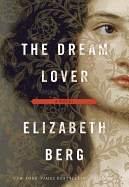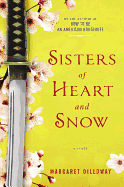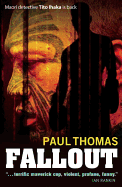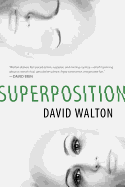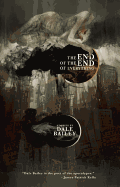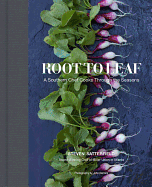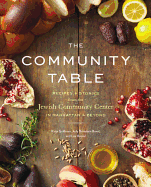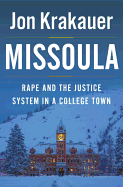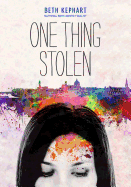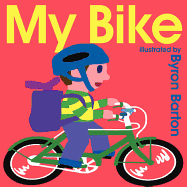 |
| photo: Joe Henson Photography |
Donna Andrews is the author of 23 mystery books and has won many awards for her two amateur sleuth series. She is the executive vice-president of Mystery Writers of America, which this year is marking its 70th anniversary.
Mystery Writers of America (MWA) is celebrating a milestone anniversary this year. How did the organization come to be?
Well, I can't speak for the founders, most of whom aren't around anymore. But I can say that writing is a solitary occupation, and also an occupation where we don't really have a union or anything like that. MWA fills both of those voids.
We provide camaraderie, that ability to talk with other people in our profession, learn from them, bounce ideas around and get a reality check.
And then there is our motto: "Crime doesn't pay--enough." A strong reason for founding MWA was to help mystery writers be fairly treated and justly compensated for their work, and be treated professionally by editors, agents and the publishing world in general.
 We have over 3,000 members at the moment. And not all of those are published writers: we are also open to aspiring writers and to ancillary fields (editors, agents, scholars, reviewers). And to people who just love mysteries so much that they want to hang out with writers.
We have over 3,000 members at the moment. And not all of those are published writers: we are also open to aspiring writers and to ancillary fields (editors, agents, scholars, reviewers). And to people who just love mysteries so much that they want to hang out with writers.
Sometimes at a chapter meeting you'll hear a person say, "Well, I'm just a reader." Just a reader? What would we do without you? "Just a reader" is the most important person in the organization.
What do MWA writers (and readers) talk about when they get together?
Most chapters have meetings where writers will come in to talk about their work, or about how they work, or even talks by subject-matter experts, so writers can learn the real truth behind the stuff we write.
We also have listservs where members can ask questions and start conversations. Someone will ask a question such as, "If I wanted to mail a dead body to Florida, do you think it would be possible?" People take those questions very seriously, and answer with very erudite explanations.
It's helpful, because most of us worry about asking questions out of context.
A writer I know once wanted to use (as a plot device) a chemical from the wine industry that has since been outlawed because it is lethal and toxic to the environment. She wrote to the CDC asking for information about the chemical, trying to find out the real effects on human beings, and found out that she was almost reported to Homeland Security.
So it's nice to sink into a world of other writers and mystery enthusiasts where obscure poisons are considered cool, and everyone is willing to help each other.
How are you celebrating MWA's 70th anniversary?
Anniversaries are a chance to take stock of where we are and where we've come from, as well as where we should be going. One of the things that Sara Paretsky, our current president, is very keen on this year is the issue of diversity. It's an issue we're all, as a society, dealing with, and MWA has to address it just as much as any other organization.
There are people who think that because MWA has been around for so long, it is a little old-fashioned. But we're a company of the times. We've made a lot of changes around what we do, and we're trying to look at what we can do to help support new voices in this community, voices that may come from minorities, whether they be racial, ethnic or sexual. We're going to announce some cool stuff later in the year.
MWA is also publishing some books to celebrate the anniversary.
We're putting out a short story anthology called Manhattan Mayhem, edited by Mary Higgins Clark. Each story will be set in a different neighborhood in New York. That's coming out from Quirk Books in June. I haven't read the stories yet but I'm in love with the cover.
Quirk also just published The Mystery Writers of America Cookbook, an awesomely cool-looking book with recipes from over 100 mystery writers.
Have you tried any of the recipes from it yet?
I've only made one recipe so far. A group of us are working on cooking each other's recipes and will be posting them online, so if you watch Facebook and Twitter and Pinterest, you'll see all sorts of photos of this food--everything from Mary Higgins Clark's Gameday Chili to Max Allen Collin's Holiday Eggs. Richard Castle (of the Castle TV show) even has a recipe in there.
You talked a little bit about supporting debut authors and encouraging people to come into the field.
The first award that MWA ever started was for the Best First Novel by an American. It remains, I think, one of the most exciting ones, too. If you look at people who have won the Best First Novel, in many cases these writers have gone on to become the legends in our industry. But there are also people who, sadly, disappeared, and you always wonder what you could have done to get more novels from someone who once won Best First Novel.
We recently started a program called MWA University, which is a day-long seminar of top-level classes on various aspects of the writing craft. We've done this at least once in every chapter across the country. We're continuing with that, and looking to see what else we can do to take education and publishing and the writing craft to people who might not otherwise have access to it.
Looking back over the last 70 years of mystery writing, what do you think has changed the most? And what are you most excited about?
The field now is so diverse. There are people writing books that could have been written in 1945, but also people writing books we couldn't have imagined 70 years ago. And that to me is a wonderful thing: no matter what you like, there's a mystery for you. Some people want the quieter, domestic stories--like Christie, updated. Then there are contemporary issues and current events, and you have spy thrillers. If you like reading about other cultures, there is an immense mystery offering imported from other countries, or written by people in the United States who have experience living overseas. If you like history, the historical mystery field--which used to include the occasional Victorian thriller, a la Sherlock Holmes--now has so much to offer. You can find a mystery set in whatever time period, whatever geography you think is fascinating.
I think it was always an interesting field, but in 1945 there was not nearly the breathtaking amount of variety and innovation we have now. --Kerry McHugh, blogger at Entomology of a Bookworm
Mystery Writers of America at 70
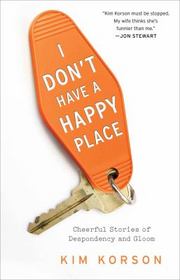




 We have over 3,000 members at the moment. And not all of those are published writers: we are also open to aspiring writers and to ancillary fields (editors, agents, scholars, reviewers). And to people who just love mysteries so much that they want to hang out with writers.
We have over 3,000 members at the moment. And not all of those are published writers: we are also open to aspiring writers and to ancillary fields (editors, agents, scholars, reviewers). And to people who just love mysteries so much that they want to hang out with writers.